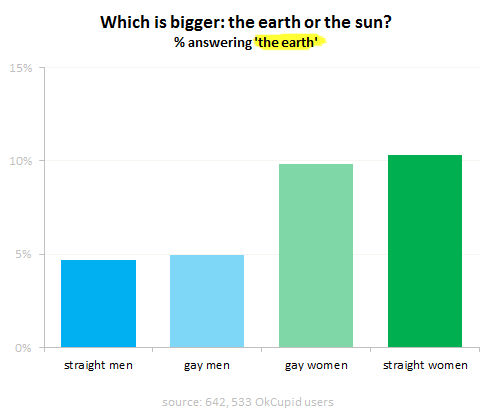
Sometimes, it’s in the eye of the beholder. Consider the images below: Is this child being physically tortured? The little girl is the photo is about 5 or so. The temperature of the air around her seems to be about the same: 5 F°. The temperature of the water is below freezing. The child is freaking out and is in serious danger of hyperthermia. So how do we judge the adults in this photo? The winter-coated men dunking the girl into the ice-cold water think they are doing good by this child! This is the right of Epiphany–a religious act meant to help the girl. How do we evaluate the social value of such act from the comfort and warmth of our computer lit rooms? How do you feel about this photo? If you’re not sure yet, follow this link: http://video.mail.ru/mail/mimozachina/2688/2690.html My personal feeling is that if zoo keepers saw this kind of behavior in the primate house, the baby ape would have been taken away due to its mother’s lack of parenting skills. But then again, I’m just imposing my cultural views and norms on someone else…or am I? The Call of Mother Tigers, Mother Grizzlies, Mother Dolphins… There…




